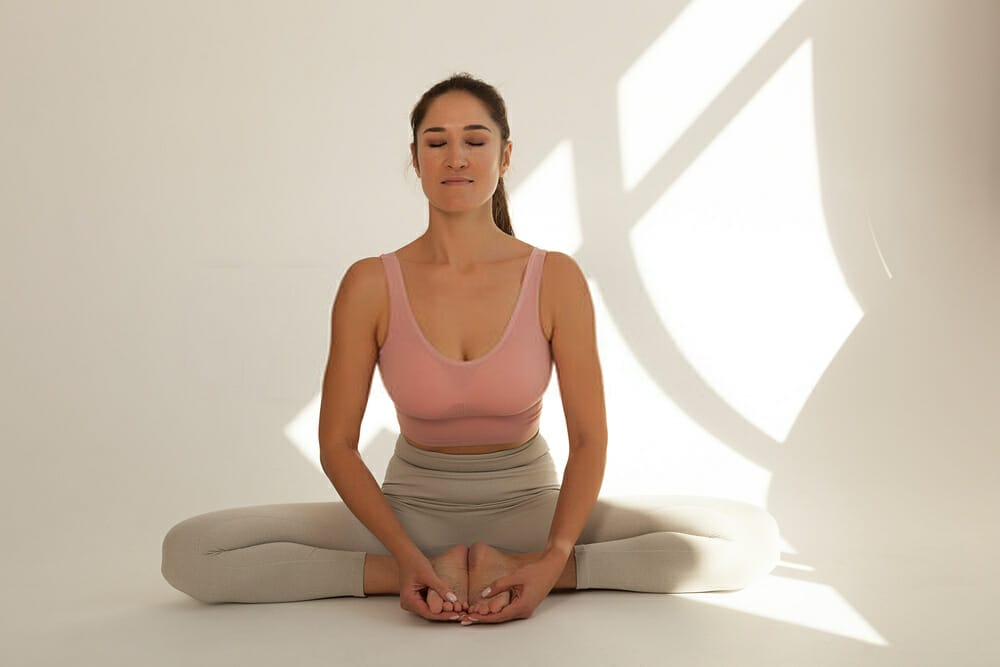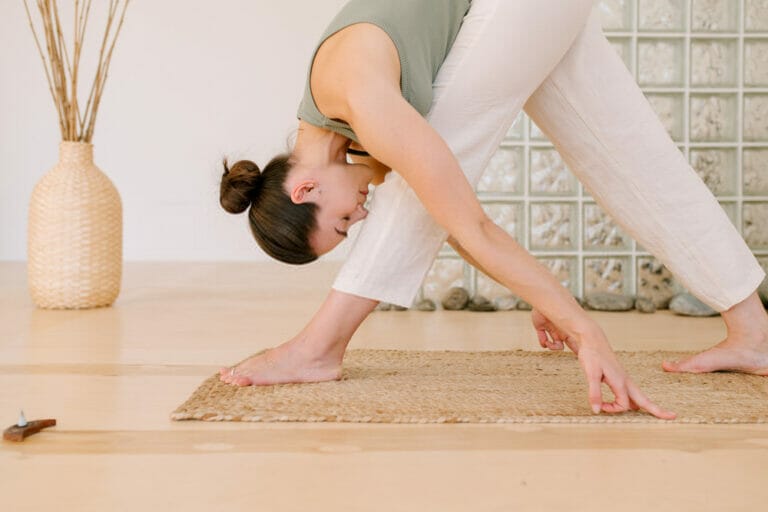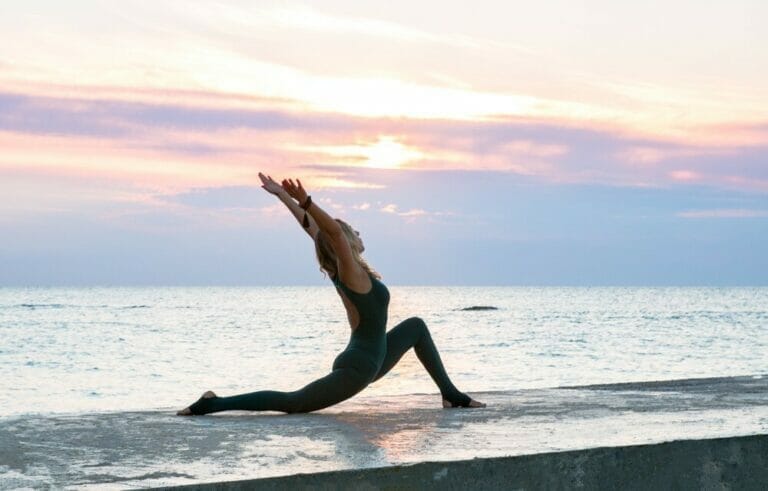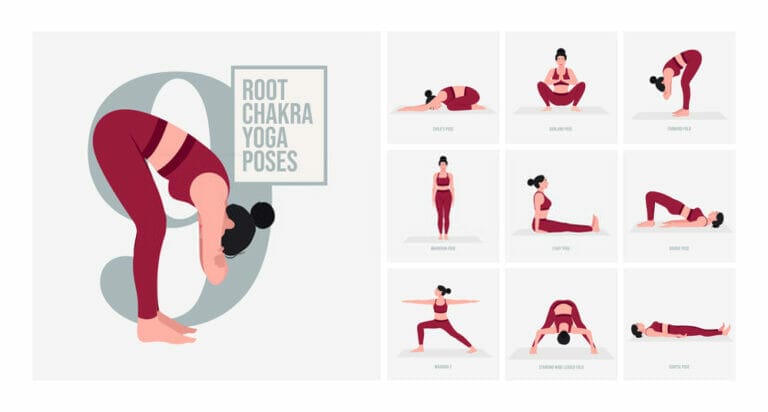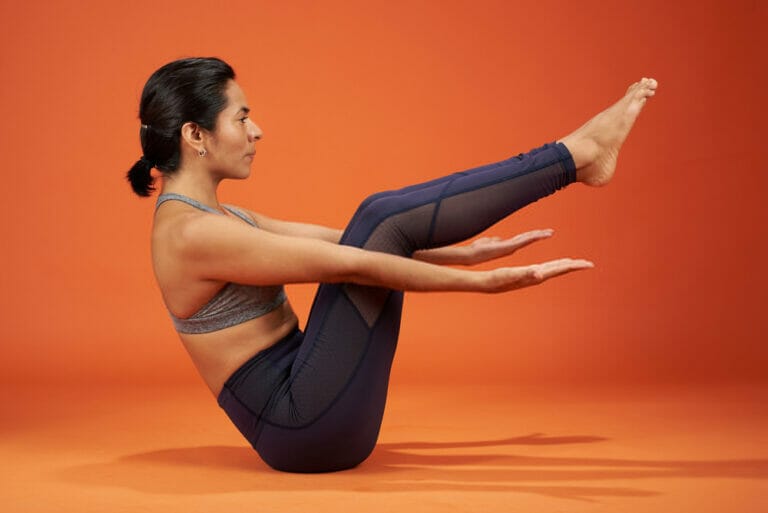Butterfly Pose
The Butterfly Pose is the most simple yet effective yoga position.
This article will cover some not-so-obvious benefits of the pose, as well as why you should do it more often. Badhakonasana and Cobbler Pose are two names for this pose.
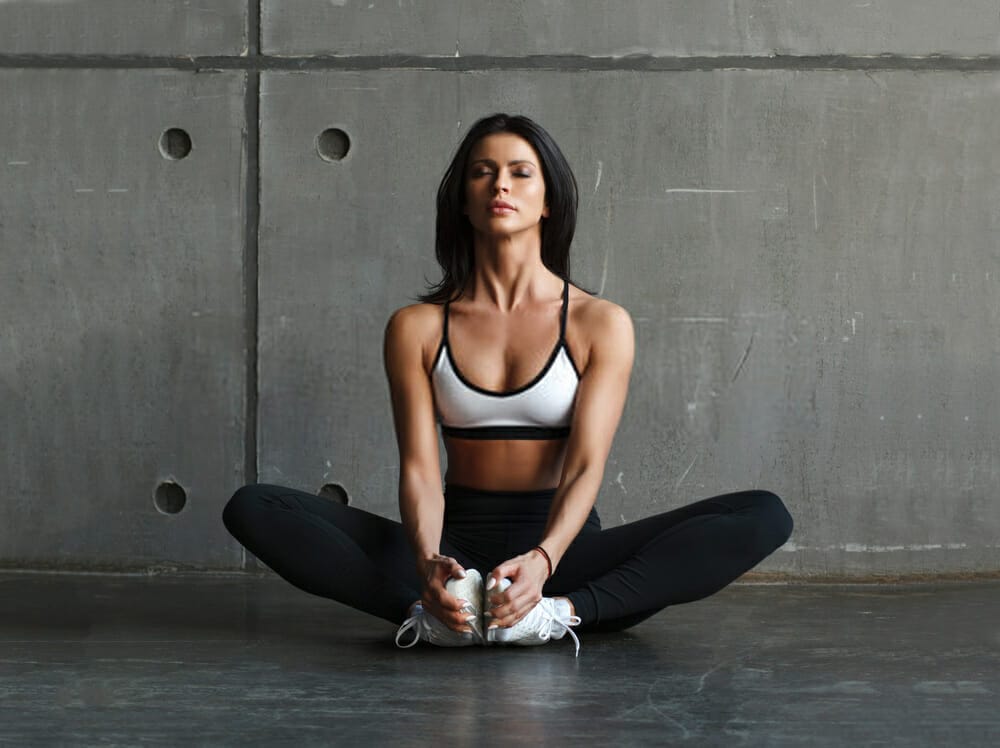
It is one of the "must-do" yoga asanas for a novice since it is both simple and effective. The yoga pose is very beneficial to the lower body, particularly the thighs, knees, and groin.
‘Baddha’ means bound, ‘Kona’ means angle or split, and ‘Asana’ means posture in Sanskrit. The asana is known as the ‘Butterfly Pose’ in English because it resembles the stance of a butterfly in flight. Cobblers are frequently seen seated in this position as they do their daily tasks.
As a result, the pose is known as 'Cobbler Pose.' Once you've tried it, you'll never want to miss it again.
The simple but effective yoga stance relaxes your body, opens your hips, and extends your lower muscles. While it is relatively basic, the butterfly pose has many advantages.
The benefits of Butterfly pose
Exercise for the lower body
Yes, you guessed right, this posture will help you relieve hip pain caused by sitting – a common problem that millions of people suffer from every day. But, do not be fooled by its simplicity; the pose is effective.
The pose allows you to stretch your quadriceps and hamstrings, which are the main muscles of the legs.
The pose also opens up the hips, which is beneficial for improving your posture and relieving lower back problems.
Back pain relief
Those suffering from back pain can do the butterfly pose by sitting on the floor with their buttocks on the ground and their back resting on an elevated surface (i.e., a rolled-up mat).
Keeping your spine straight as you lower your chest towards the floor at a 45-degree angle is essential.
It should be challenging but not painful. If you feel uncomfortable, hold onto something for support if necessary.
Strengthens your quadriceps and hamstrings
Butterfly pose focuses on your thighs and buttocks. As you bring the heels closer to the groin, you will feel increased pressure on your groin. This action will strengthen your quadriceps and hamstrings.
Useful for pregnancy
The butterfly pose is one of the most useful hip opening yoga poses for pregnancy. Like any yoga posture, it will bring relief to pregnant women. It loosens the loins and hip flexors of the pelvic floor, which is crucial to helping fluid flow through (as well as relieving menstrual pain and boosting fertility).
Treats Knee Pain and Arthritis
Butterfly pose helps to relieve knee pain caused by arthritis. It is also versatile enough to be used as a warm-up before performing other poses such as Downward Facing Dog, Warrior I or Shoulder Stand.
In addition, it can be performed before swimming and improves cardiovascular endurance as a bonus.
Vigorous Stress Release

Butterfly pose releases stress from your body and makes you feel relaxed and calm within minutes of completion.
Reduces Blood Pressure
In action, the butterfly pose involves your lower body, particularly your legs and hips. It helps increase blood circulation in these areas of your body. Increased blood circulation helps to reduce high blood pressure (and even treat it).
Level of difficulty – Low
It is a beginner-level asana, so you should be able to master this pose within several attempts. First, try practising it in front of a mirror to correct posture.
Then, if you are uncomfortable in the extended version, try doing it for about 15-20 seconds at a time for the first few times before increasing your time.
The butterfly does not negatively affect your body and can be performed by anyone with minimal effort and discomfort.
Risks and Precautions
People who suffer from sciatica and knee injuries should avoid doing this pose. Those with a history of lower back problems may also want to steer clear.
- Make it a point to do this pose on an empty stomach at all times.
- Try not to pose before 2 hours have passed since your last meal.
- Do not perform this yoga asana if you have a knee injury.
- If possible, avoid doing this pose throughout your menstrual cycle.
Which are the muscles targeted?
It targets on quadriceps, the hamstrings, and the external oblique muscles. The external oblique muscles help to rotate your pelvis side to side with the butterfly pose.
Benefits of this pose:
This pose reduces back pain and strengthens the body. It also significantly affects the lungs as it massages your lower abdominal area. In addition, it can relieve any problems within the reproductive system.
When in a seated position, it's beneficial for pregnant women because it will help to ease menstrual pain and boost fertility.
It’s also helpful for mothers because their legs are a source of strength and comfort during their daily activities with children.
Now, let’s learn how to use the Butterfly pose effectively. The butterfly is a great asana to practice after doing a few other yoga poses, like your bridge or downward-facing dog (DFD).
How to do the pose:
- Sit with your spine erect and your legs straight out in front of you.
- Bring your feet closer to your pelvis by bending your knees. Your feet’ soles should be in contact with each other.
- With your hands, tightly grasp your feet. Then, for further support, place your hands beneath your feet.
- Make an effort to bring the heels as close as possible to the genitals.
- Take a deep breath in and exhale slowly. Next, exhale as you press your thighs and knees down to the floor. Continue to press them down with a slight effort.
- Begin fluttering both legs up and down in the manner of a butterfly’s wings. Begin slowly and progressively pick up the pace. Maintain a regular breathing pattern.
- Take a big breath in and exhale by bending forward, keeping your chin up and spine erect.
- Press your elbows against your thighs or knees, bringing your knees and thighs closer to the floor.
- Feel the stretch in the inner thighs and take long, deep breaths, gradually relaxing the muscles.
- Take a big breath in and raise your torso.
- Release the pose slowly as you breathe. Then, relax by straightening your legs out in front of you.
Tips
- If you are a novice, be careful not to strain your back in this pose.
- Keep your spine erect, chin up and chest open to feel the maximum benefit from the pose.
- Use your hands for support if you cannot reach your feet yet.
- If you need more support for the knees, place a rolled-up mat or blanket beneath them.
- Be careful not to press your knees too forcefully into the floor as it can cause significant pain.
Variations
- The Reclined Butterfly Pose – This is a variation of the Butterfly pose. It works similar to the regular pose and stretches your legs in the same manner.
- The Wide-Legged Forward Bend – This pose works your thighs, lower back and shoulders in the same manner as the Butterfly pose but involves more stretching.
- The Half Butterfly Pose – This is another variation of the butterfly pose that similarly works out your thighs, pelvis, and hamstrings.
Who should avoid doing this pose?
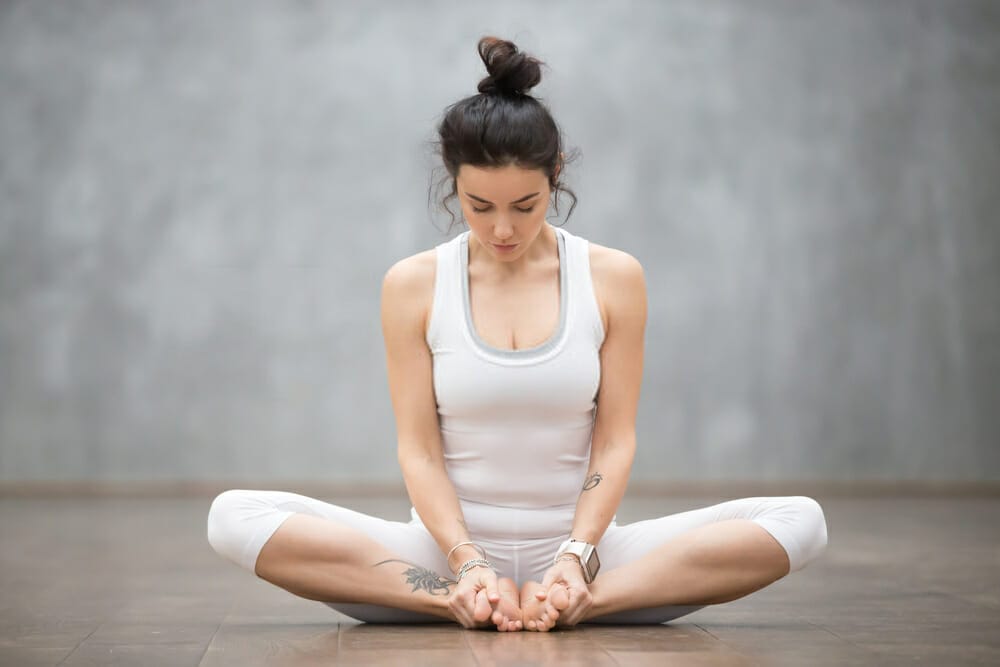
The regular butterfly pose is generally safe for all levels of people. However, beginners should start slowly and gradually increase their speed. Exercisers should be cautious about practising this pose because the high level of intensity can lead to injuries.
The Wide-Legged Forward Bend and Half Butterfly Pose poses are less common and should be avoided. Yoga experts specifically advise women not to practice these poses during pregnancy.
Why is this pose good for you?
The butterfly pose is possible to do anywhere and at any time. It does not require any particular location, such as a yoga studio.
These days, due to increasing stress and fast-paced lifestyles, people are becoming increasingly aware of the importance of taking some time out to relax their bodies.
This pose is not only good for relaxing your body but also calms your mind. It releases excess nervous energy and helps you get a good night’s sleep.
How often should you do this pose?
The butterfly pose is one of the most widely practised poses in yoga. You can practice this pose a few times every day to relieve your body from stress.
Conclusion:
The butterfly pose can be a little difficult the first time, but it becomes easier with some practice. Once you learn the proper execution and posture, you will do this pose easily.
The butterfly pose relieves tension in the spine, especially in the upper back and neck. It will help you manage everyday stresses and help your muscles recover from intense workouts.
This pose is beneficial for people under pressure because it helps relax the muscles and keeps your mind steady and focused.

